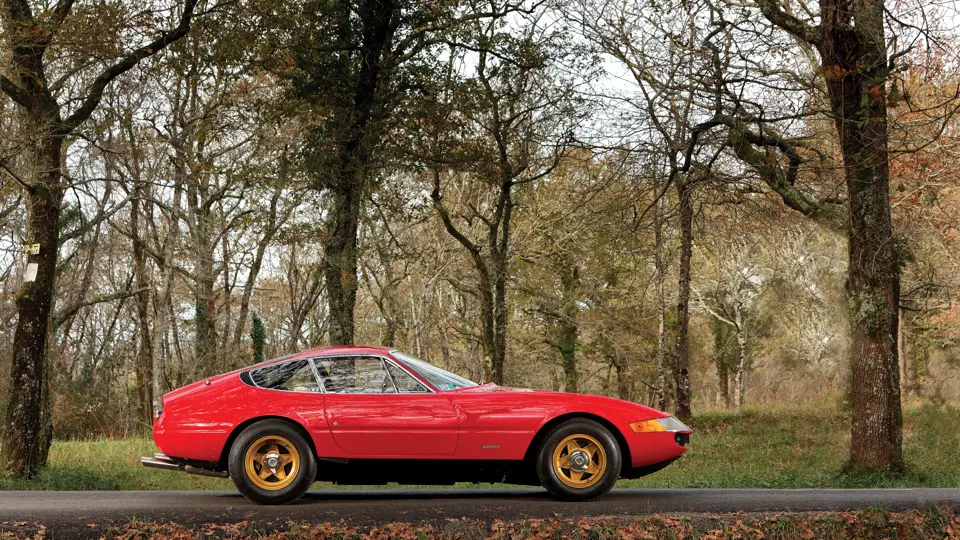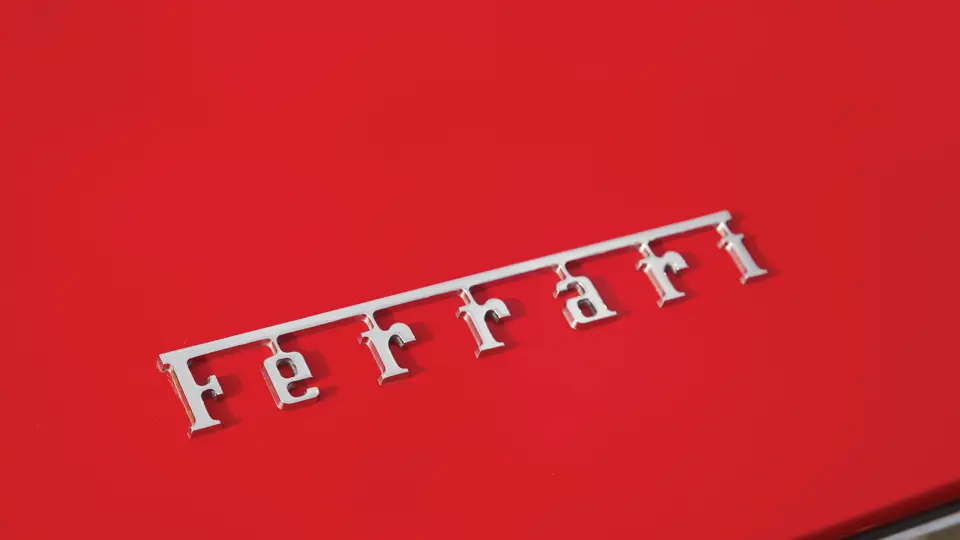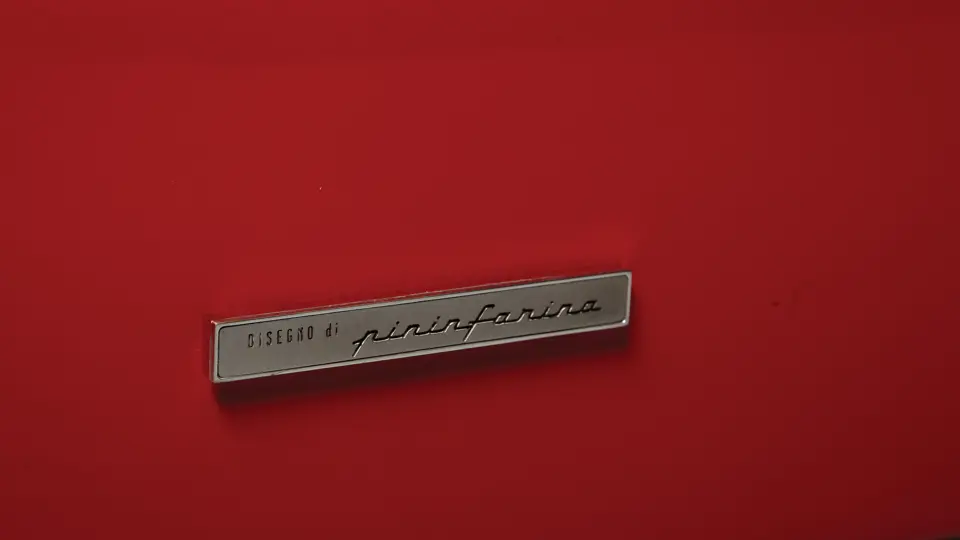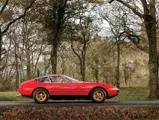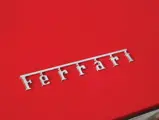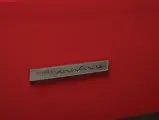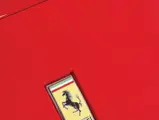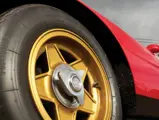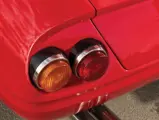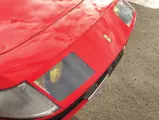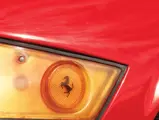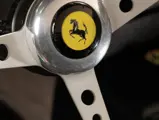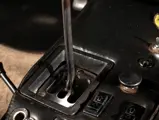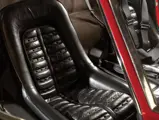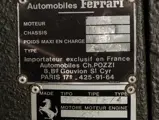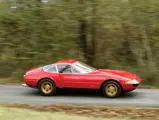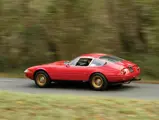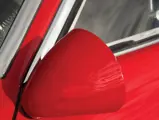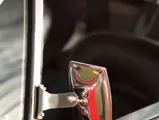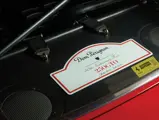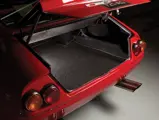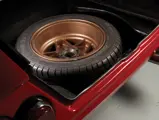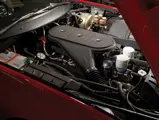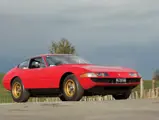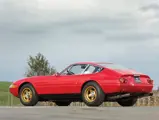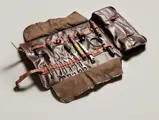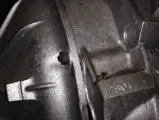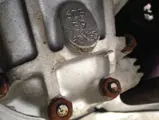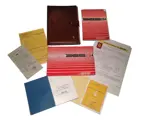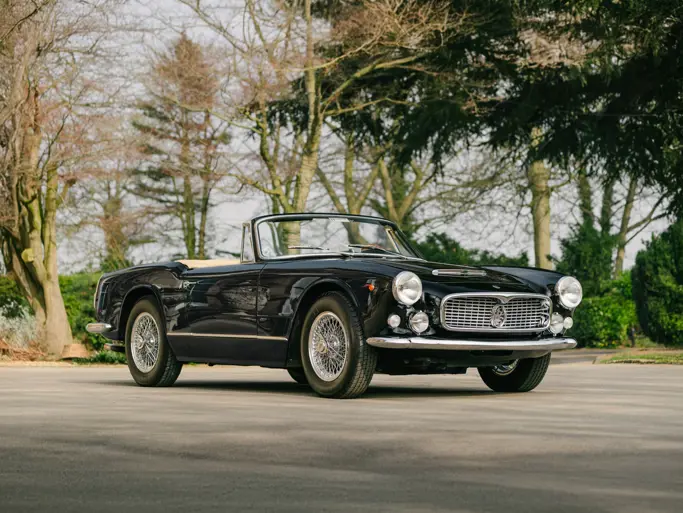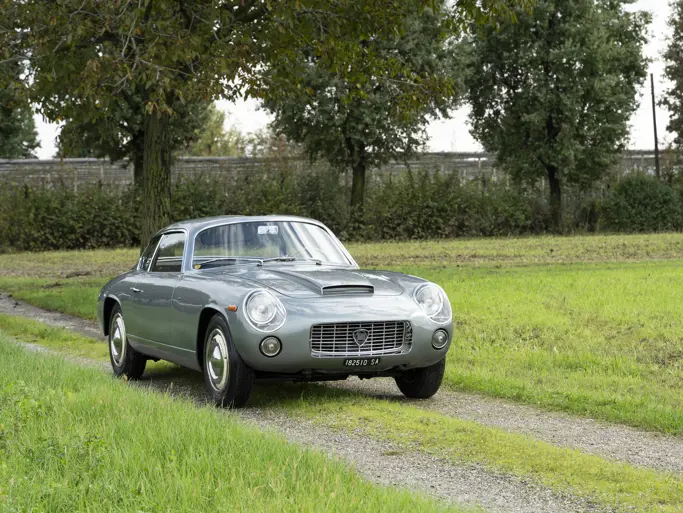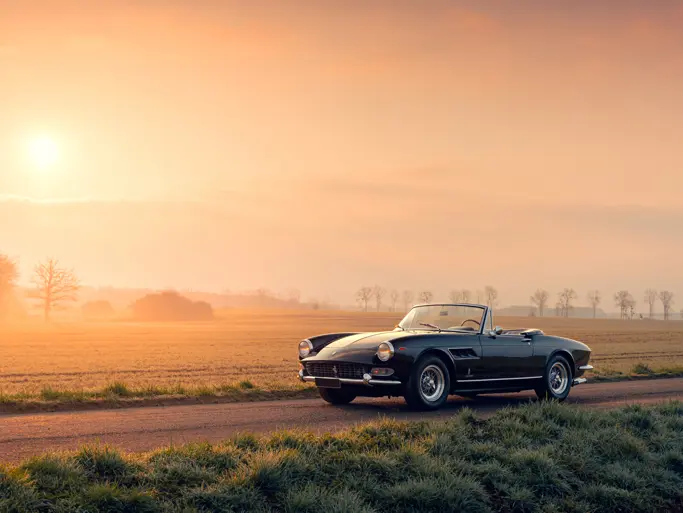
1969 Ferrari 365 GTB/4 Daytona Berlinetta by Scaglietti
€705,600 EUR | Sold
- Formerly owned by Charles Jourdan, Pierre Bardinon, and Comte Chandon
- A full matching-numbers, European-specification “Plexi” car
- Group IV-style modifications, installed in period by Charles Pozzi
- Offered with a comprehensive history file, tools, and a full set of books
- A thrilling Daytona!
352 bhp, 4,390 cc DOHC V-12 engine with six Weber carburettors, five-speed manual transmission, independent front and rear suspension with unequal length wishbones and coil springs over telescopic shock absorbers with anti-roll bars, and four wheel disc brakes. Wheelbase: 2,700 mm.

The 1968 Paris Salon saw the introduction of Ferrari’s newest generation of grand touring berlinettas. The car was dubbed the 365 GTB/4, and it quickly picked up the moniker of “Daytona” from the general public in honour of the marque’s legendary 1-2-3 finish at the 1968 24 Hours of Daytona. Its shape was markedly different from the 275 series of Ferraris that preceded it, but it was still sumptuous none the less. Its body was both angular and curvaceous at the same time, evoking a sense of speed that was unparalleled by anything else on the market at the time. It became an icon of both speed and style from the moment it was unveiled, and almost everyone who saw the car desired to put one in their garage, but only the privileged few could afford to do so.
The 4.4-litre Colombo-derived V-12 proved to be quite capable of providing its driver with all the speed he or she so desired, and when topped with six Weber carburettors, output stood at about 350 horsepower. This provided for a very impressive 0–60 time of 5.9 seconds and a top speed of 174 mph, which is the highest top speed of any production car ever produced at its introduction. But this was no stripped-out racer built simply for speed. Like the other Ferrari berlinettas before it, the Daytona’s interior was wrapped in sumptuous leather and proved a wonderful place to be in for long journeys. The boot was more than large enough for a weekend’s worth of luggage for two, proving that it was versatile enough to tangle with other high-strung European sports cars on the track or even be used as a daily driver by a discerning enthusiast.
CHASSIS NUMBER 12801: SHOES AND CHAMPAGNE
Chassis number 12801 was manufactured in July 1969 as a full European-specification Daytona with the early and desirable Plexiglas nose and was finished in Rosso Rubino (106-R-12) with a black (VM 8500) leather interior and grey carpet. According to information from the Ferrari factory, the car was originally equipped with engine number B138 and gearbox number 59, and an inspection by an RM Auctions specialist has indicated that both units remain with the car today.
The car, refinished in dark blue, was sold by Ets. Charles Pozzi, the French Ferrari importer, to famous luxury shoe maker Charles Jourdan on 25 May 1970 and was temporarily registered as 67 WWF 75. It was then registered in his ownership as 400 MN 26. It remained with Monsieur Jourdan until 3 March 1971, when it was sold to Joseph Zagori, a candy manufacturer of Paris and Marseilles, and at this time, it had 4,379 kilometres on its odometer and was registered as 8052 WZ 75.
Monsieur Zagori, upon Charles Pozzi’s expert advice, asked Pozzi’s dealership to undertake several modifications on the Daytona, which would make it faster and quicker during its commute from Paris to Marseilles. According to the Pozzi books, the car was outfitted with a factory Group IV-style roll bar, a competition differential, a new Group IV-style nose, competition carburettors with new induction pipes and an airbox, wheels to fit larger Michelin TB5 tyres, bigger brakes, and Group IV air scoops to cool the rear brakes. These installations were completed on a gradual basis between 1972 and 1976, were supervised by Daniel Marin, and were implemented by Pozzi’s chief mechanic, Claude Fernandez. All these modifications are documented with associated job numbers, and the invoices are included in the file that accompanies the car.
Zagori, with his exciting car in hand, joined the Ferrari Club de France on 11 July 1974; his original application form will be given to the new owner. He met Monsieur Pierre Bardinon during the club’s annual meeting at Bardinon’s famous racing circuit, Mas du Clos. It was a serendipitous meeting, as Zagori’s wife, terrified by its performance, wanted the Daytona gone as much as Bardinon wanted it. In September of 1976, it is believed that the Daytona entered the Mas du Clos Collection, which was, at the time, the world’s most important Ferrari collection. Importantly, it was the only Daytona ever owned by Pierre Bardinon. He registered it with the Creuse Department after having used it on trade plates 283 W 34 and, with the brakes converted back to standard units, regularly exercised it on the Mas du Clos track.
In 1982, the Daytona was sold from the Bardinon Collection to Comte Frédéric Chandon de Briailles, the head of the famed Champagne House of Moët et Chandon and a close friend of Pierre Bardinon. Comte Chandon used the Daytona sparingly, with registrations 884 AFN 91, 905 JKY 75, and 4321 MT 52, as it moved amongst his various properties in France.
In 2004, the Daytona was sold to his cousin, Jean Berchon, the organiser of the famous 250 GTO tour that is held in Europe every five years. The car was used by Monsieur Berchon on several rallies, including the opening of the 250 GTO 50th Anniversary Rally in July 2012. It was always meticulously maintained by the best experts, including an engine and gearbox rebuild by GiPiMotor in Brussels in 2009 and 2010, with new paint in 2014. Today, it retains its original leather seats, with the only remaining Group IV parts being the differential, roll bar, and rear brake scoops.
The car is offered with a delightfully extensive file of documentation, which includes a full set of original books and the original warranty card, all in their original leather pouch; an original tool roll, including the jack; copies of most of the titles, including the original first title to Monsieur Jourdan; and full invoices since new, as well as many period photographs. An RM specialist has driven the car and reports back favourably on its strong performance. This is a splendid example of a powerhouse Ferrari that has been maintained and enjoyed since new by high society enthusiasts, including the most famous name in collecting: Pierre Bardinon.


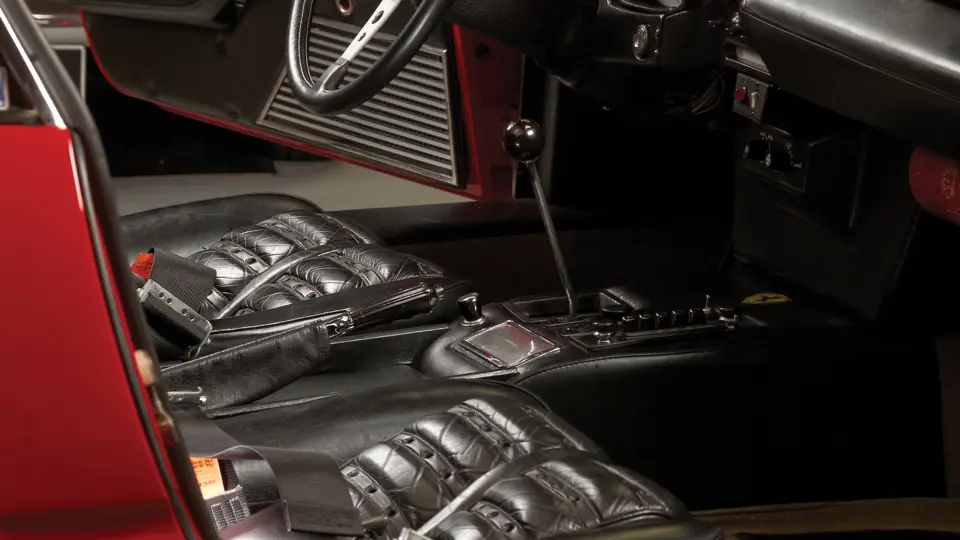

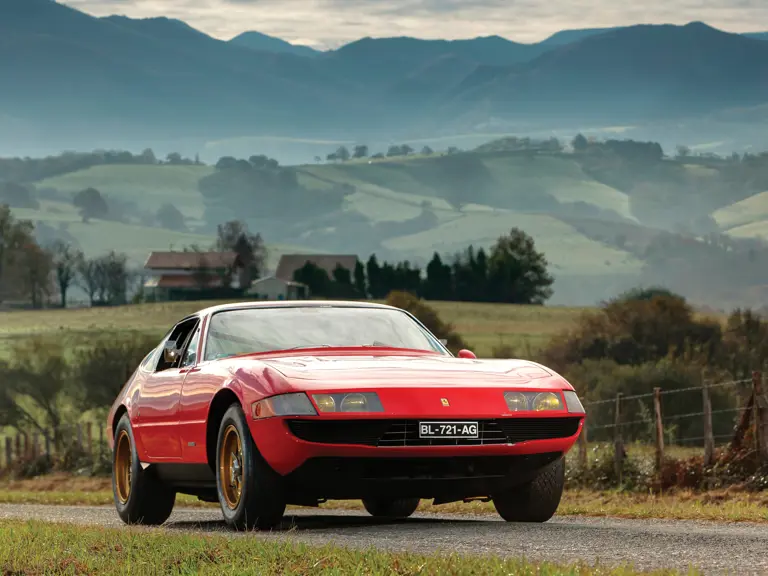
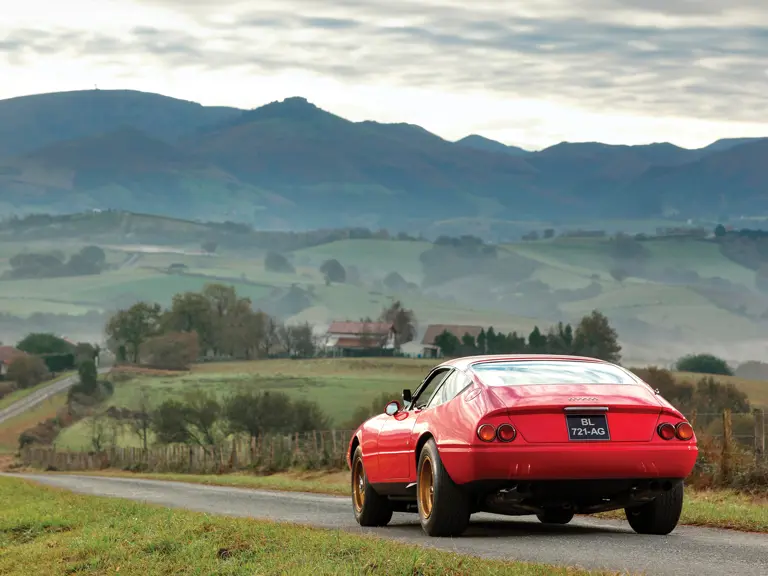
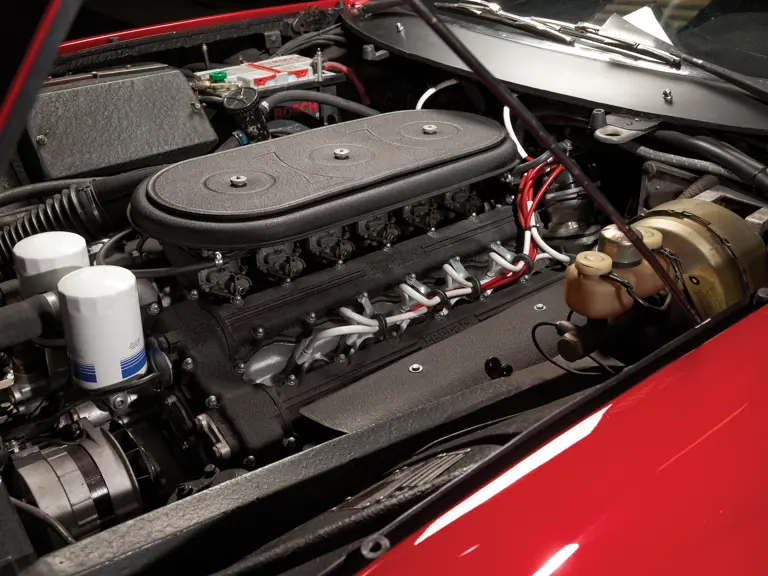
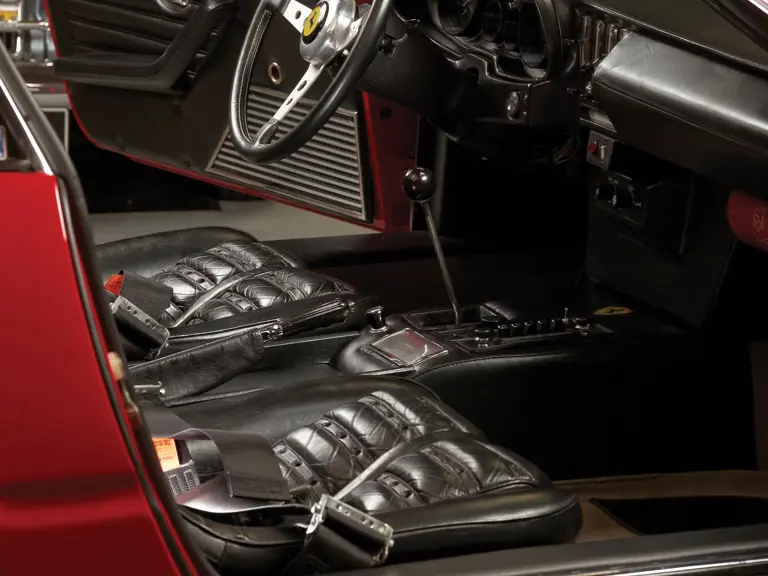
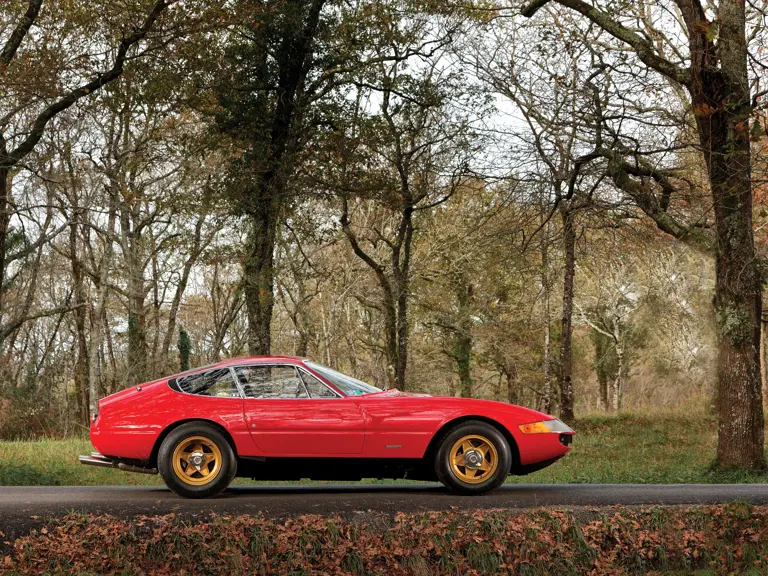
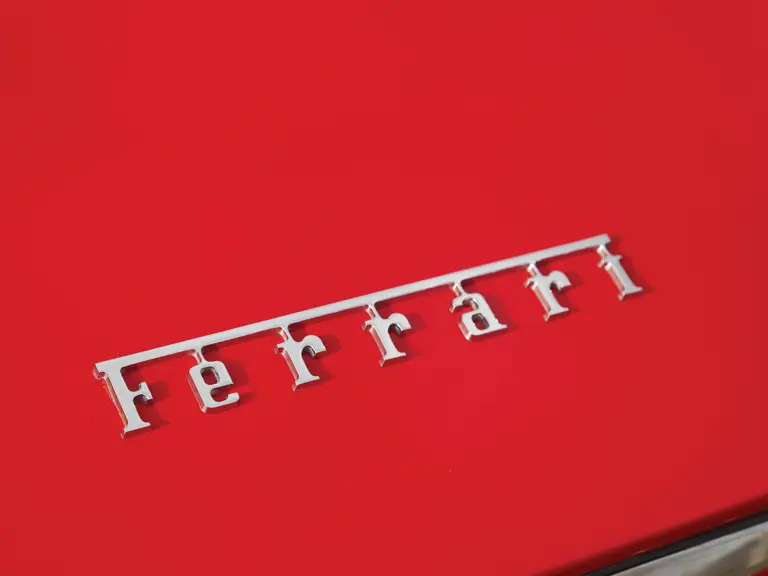
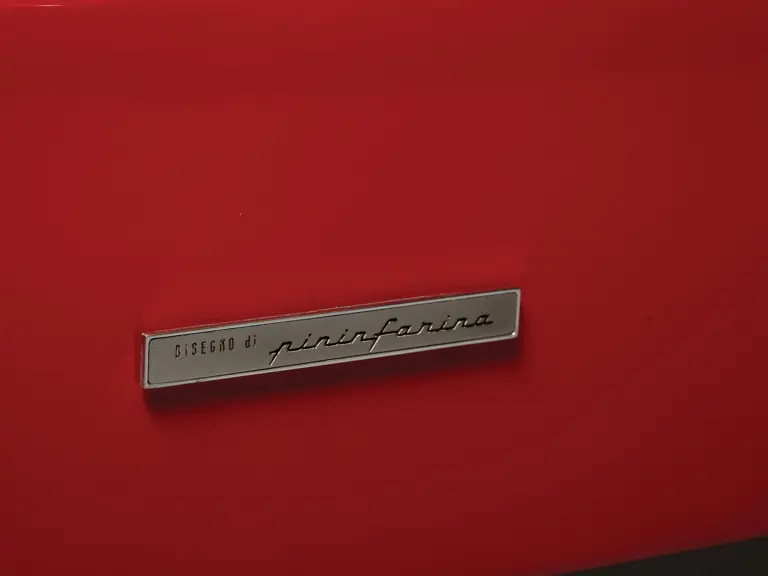
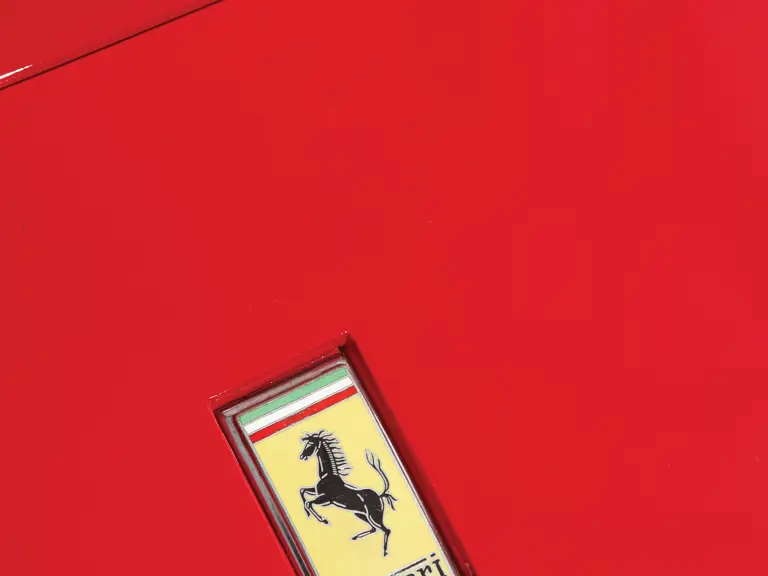
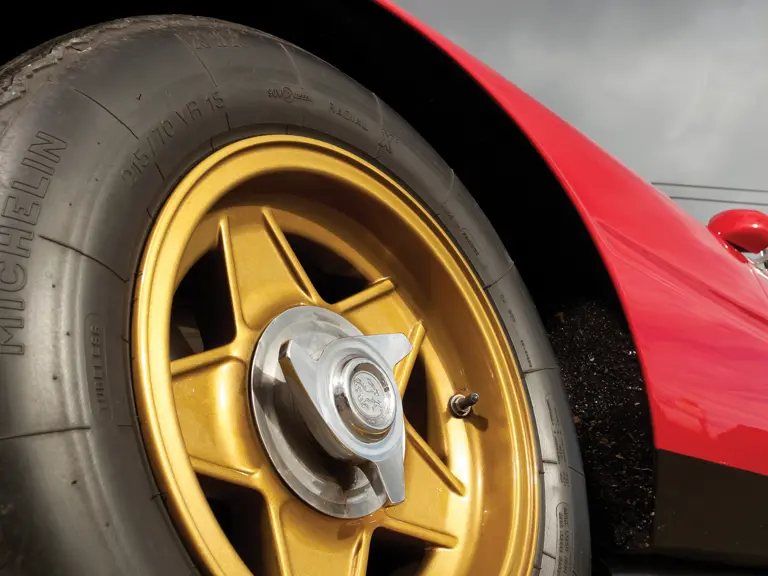
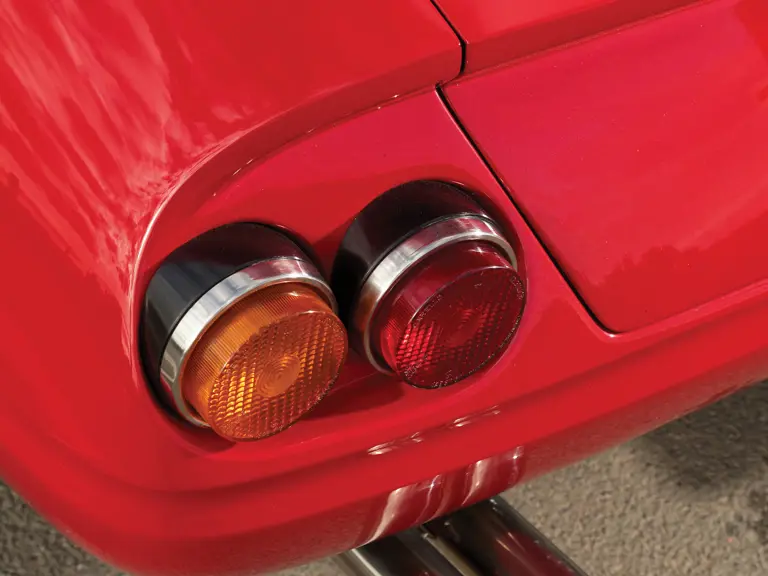
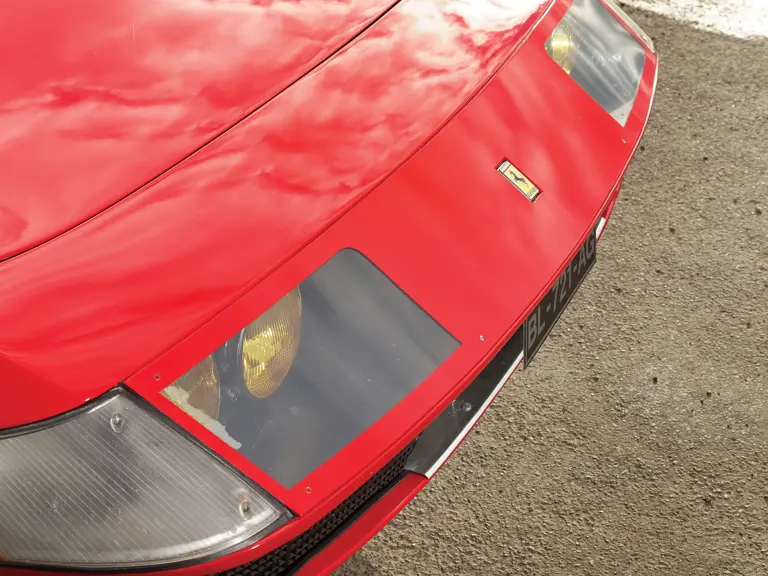
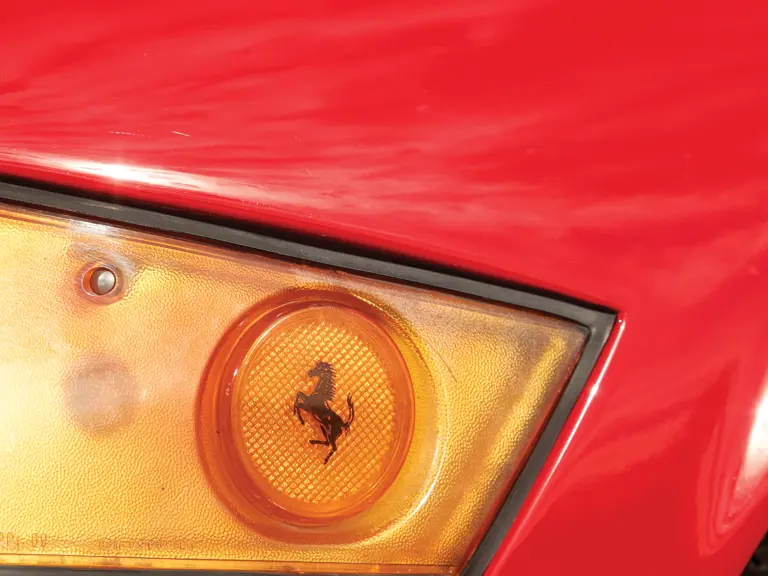
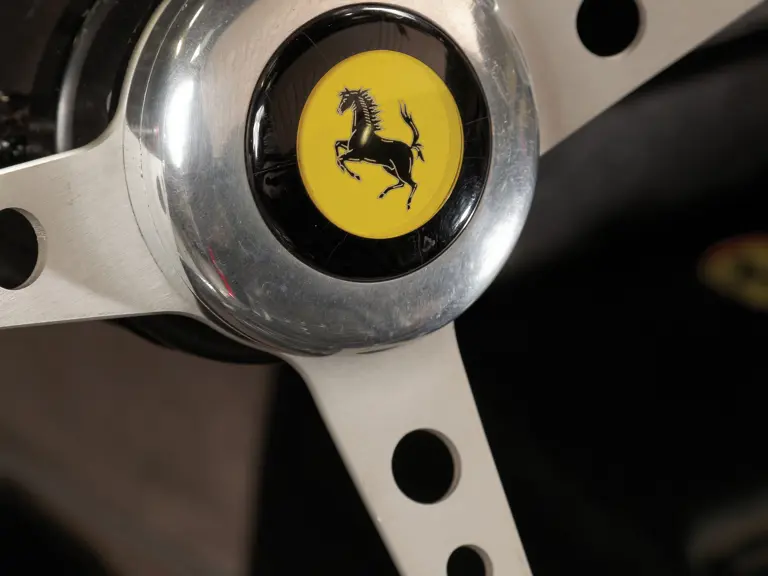
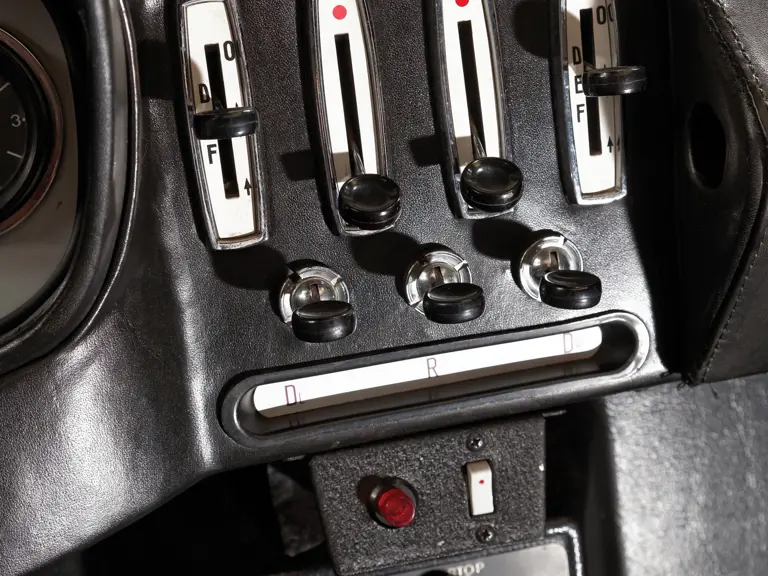
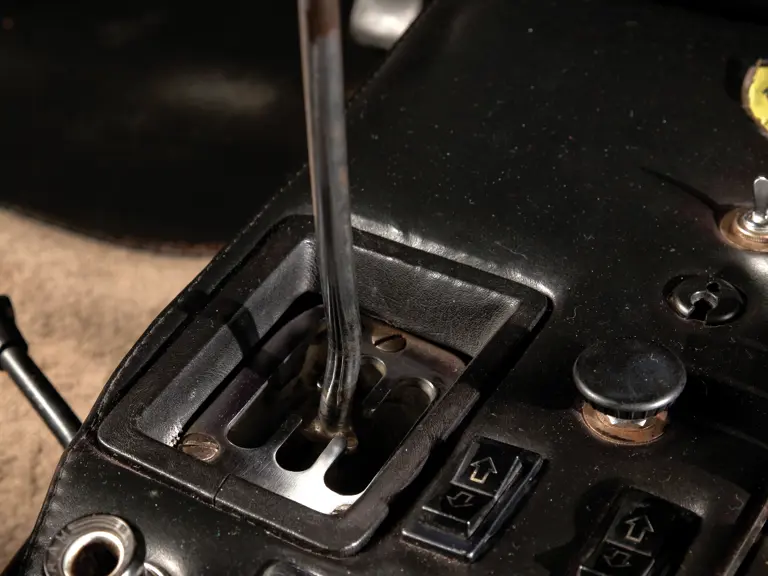
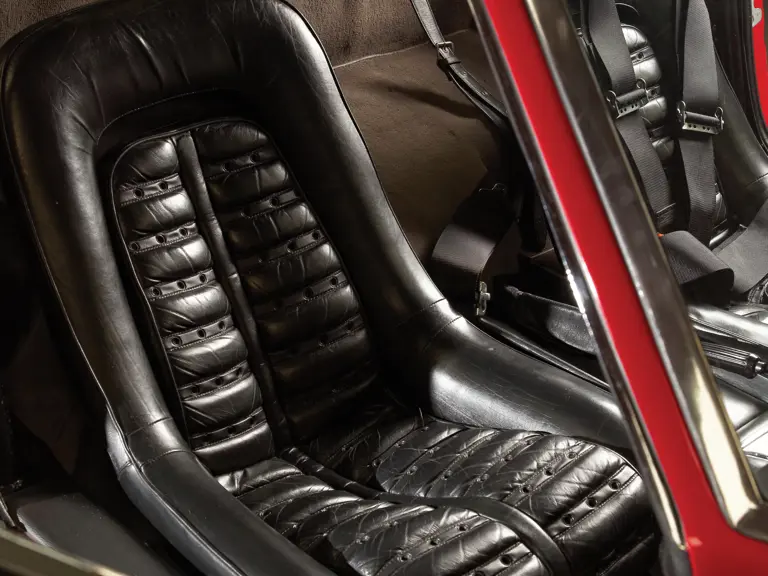
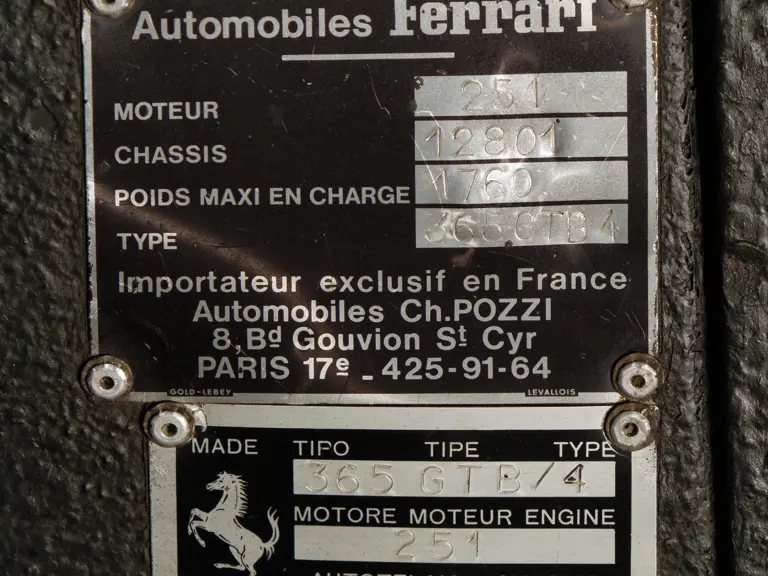
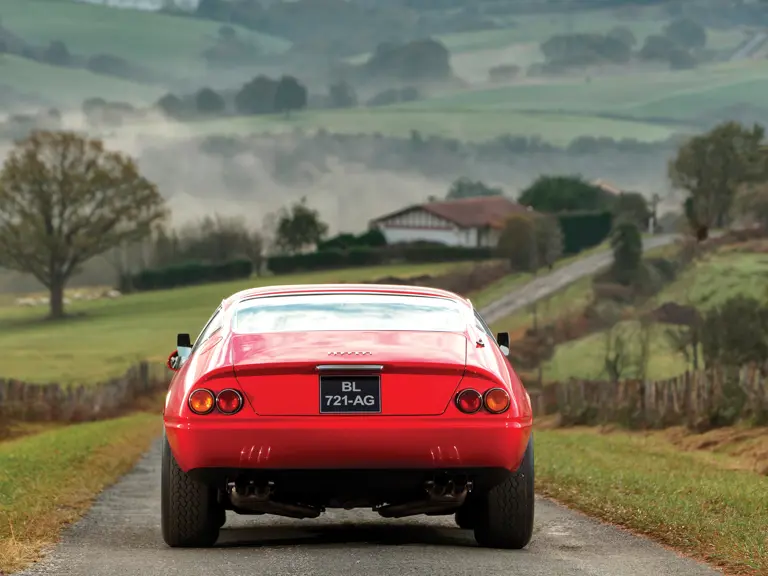
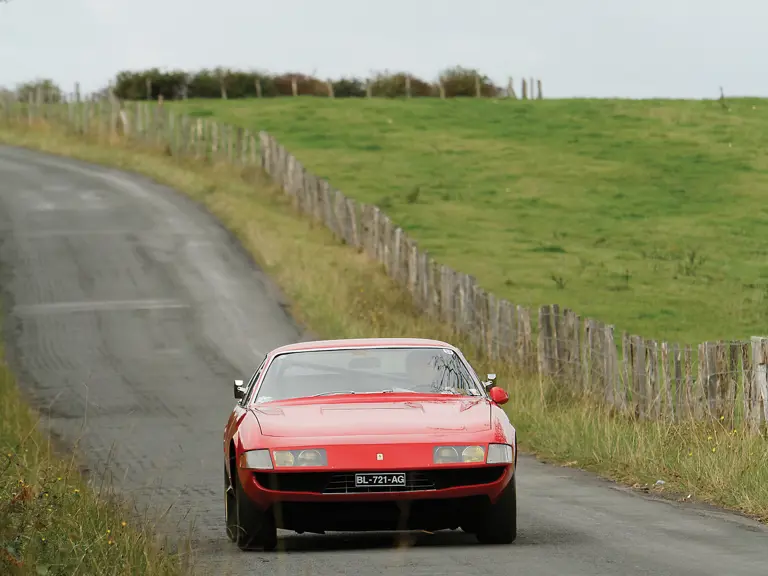
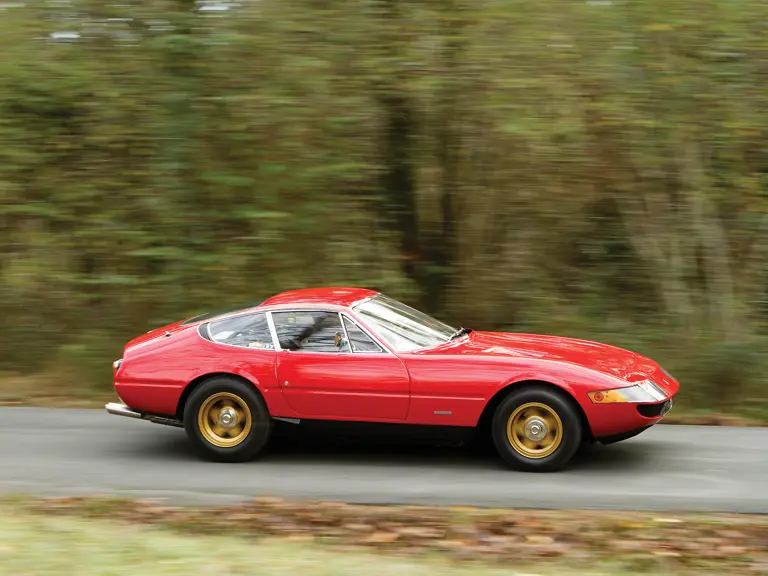
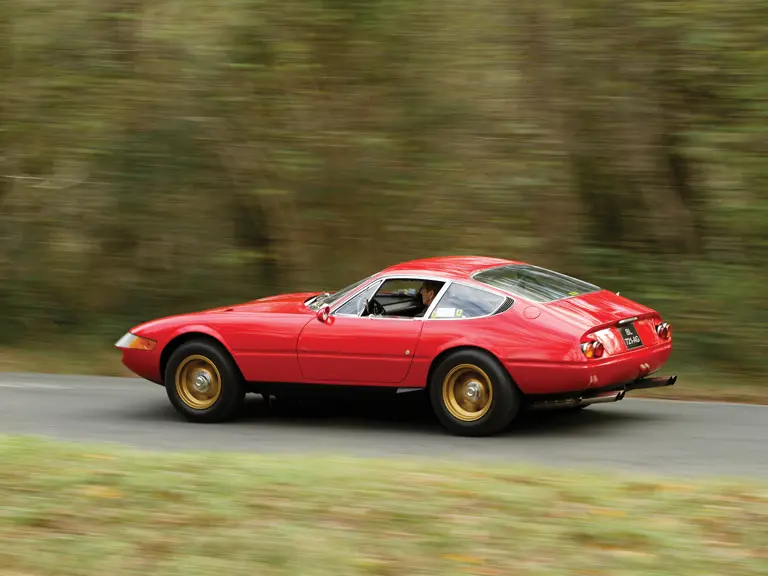
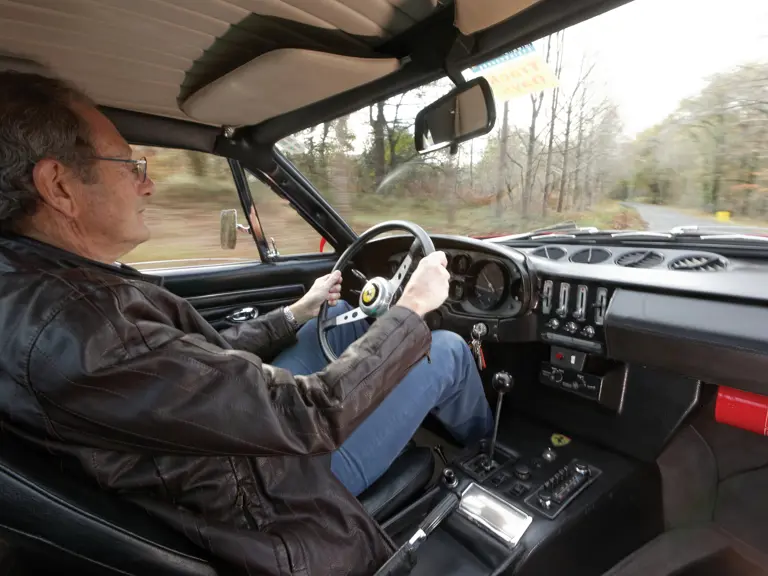
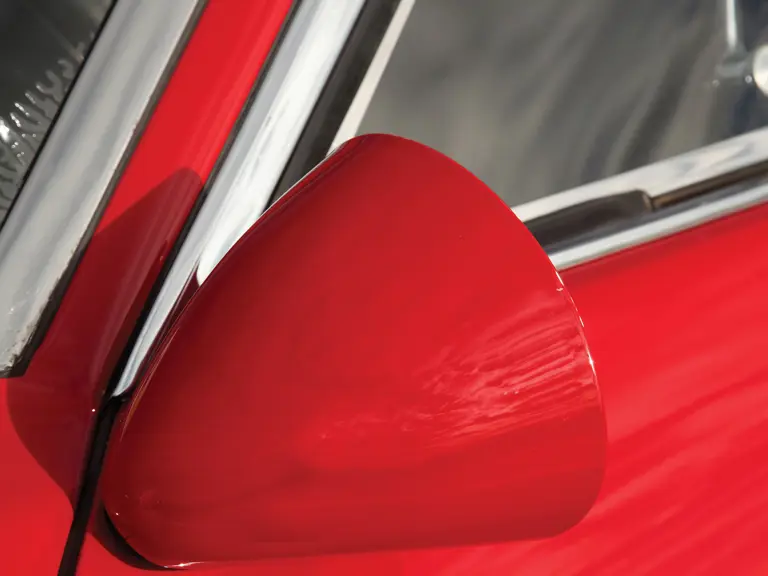
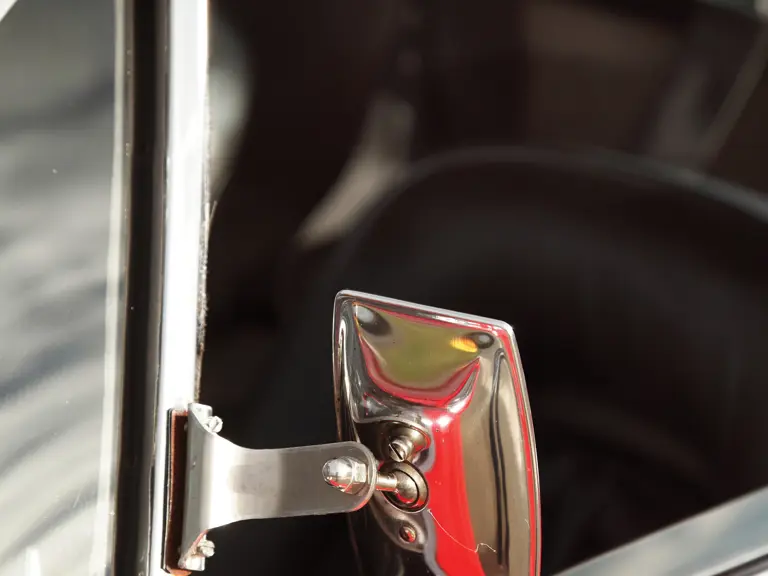
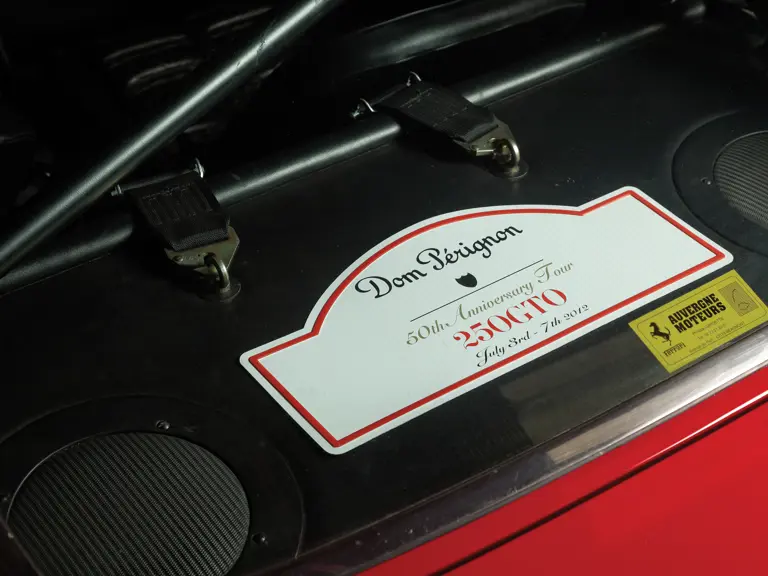
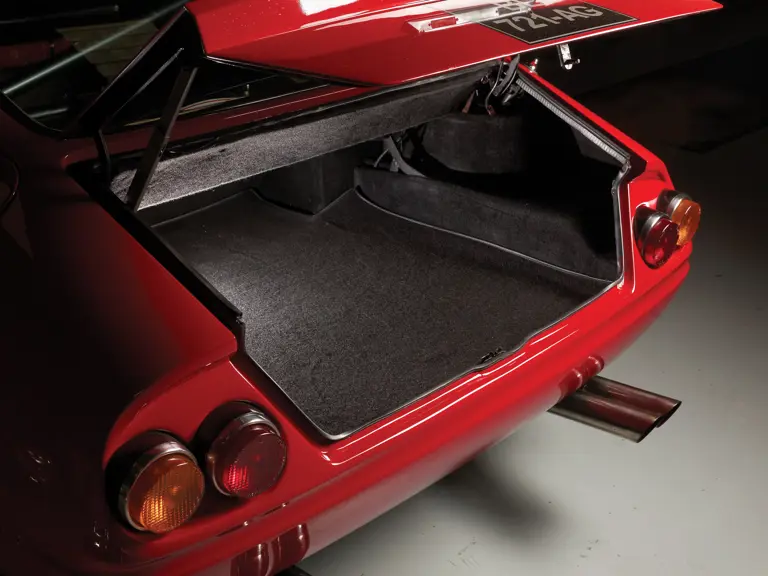
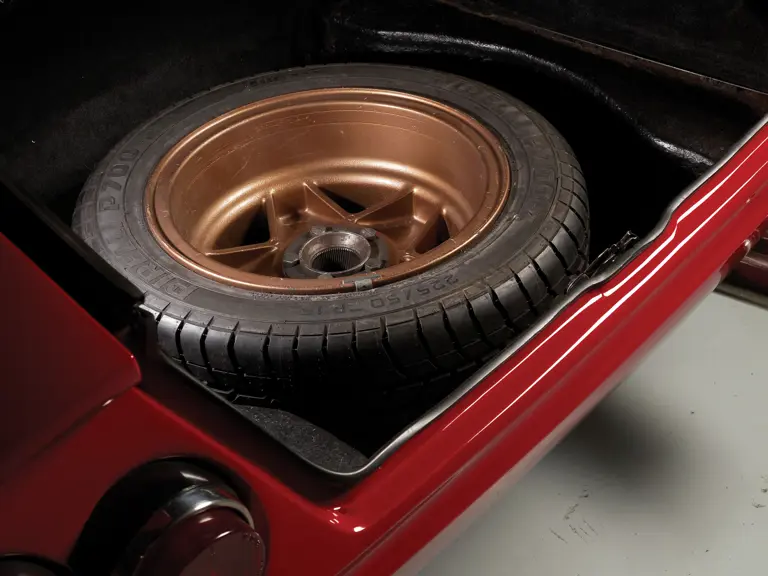
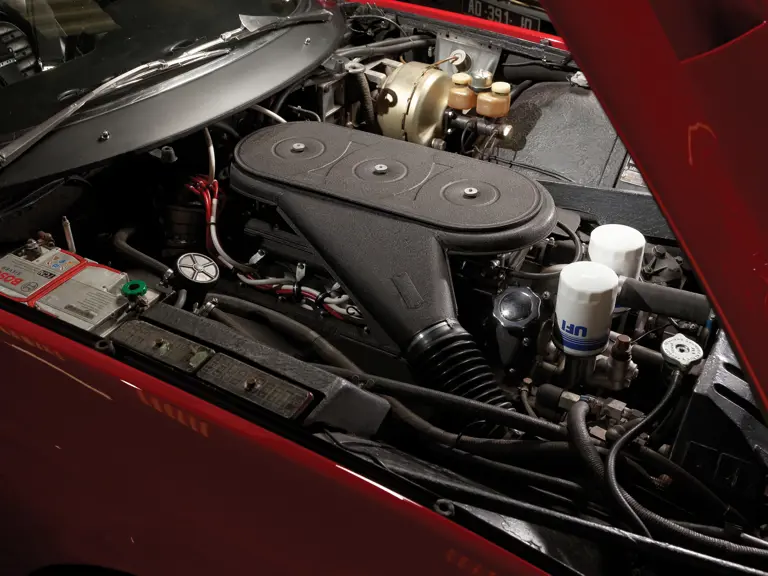
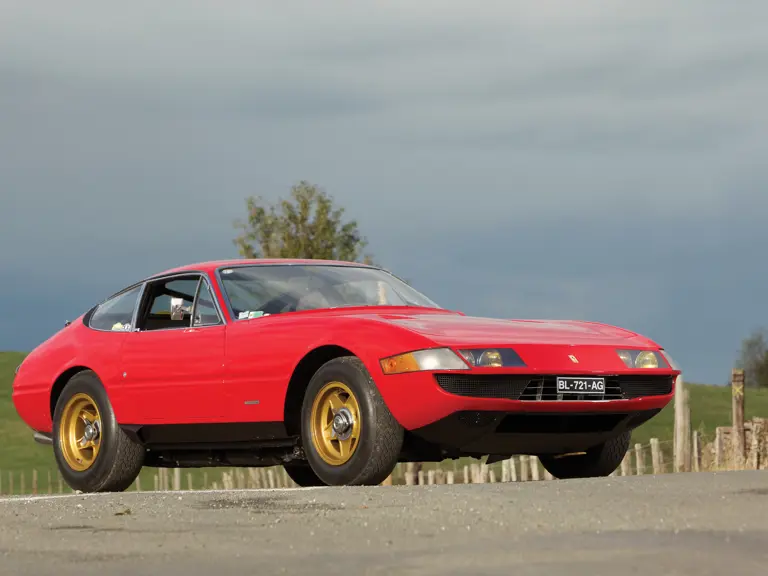
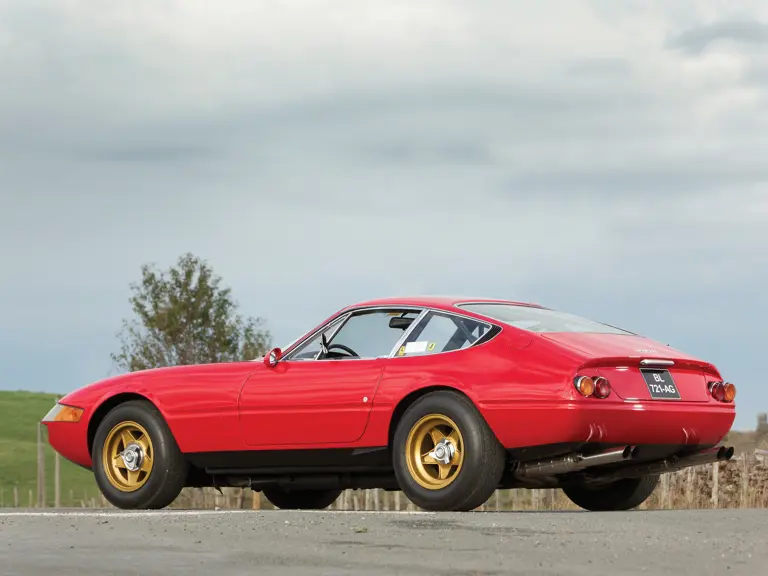
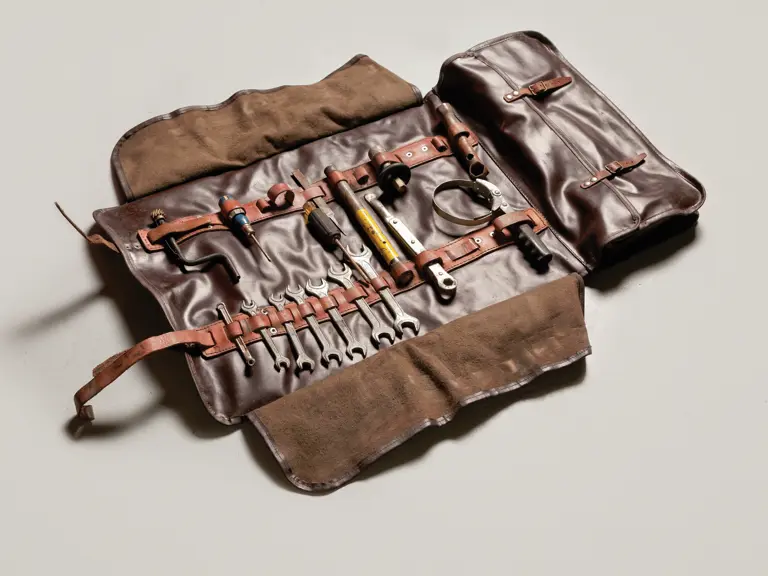
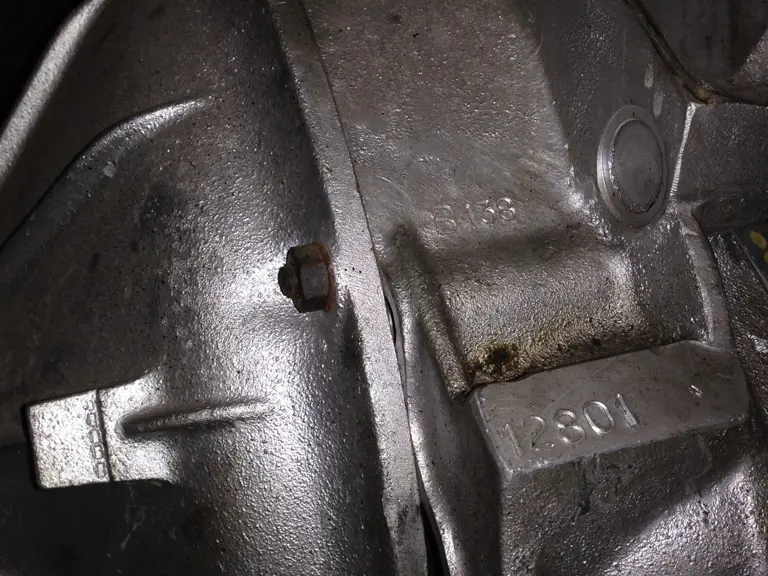
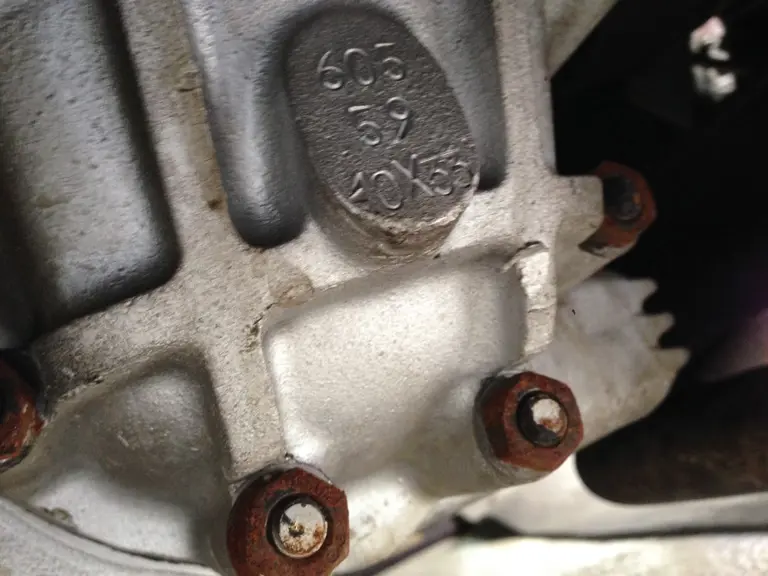
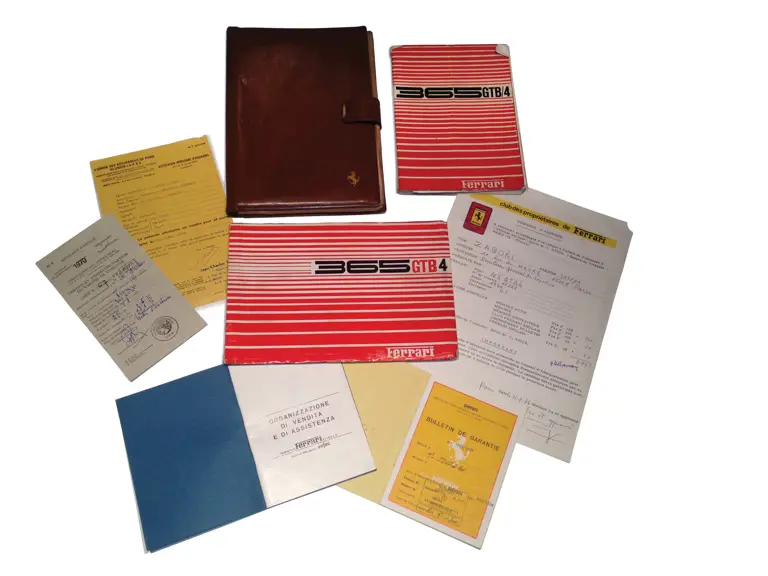
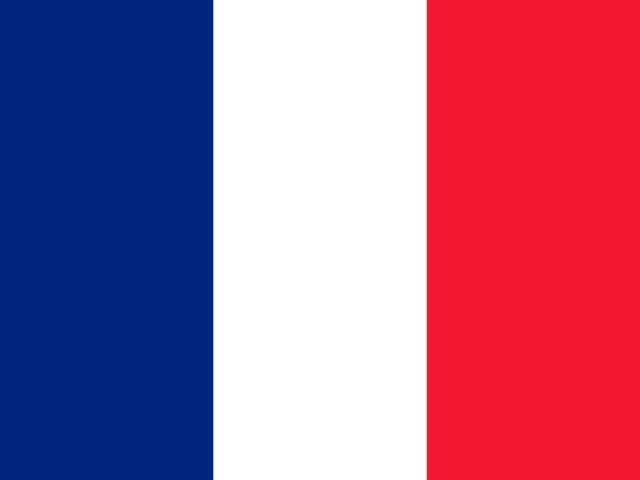 | Paris, France
| Paris, France
